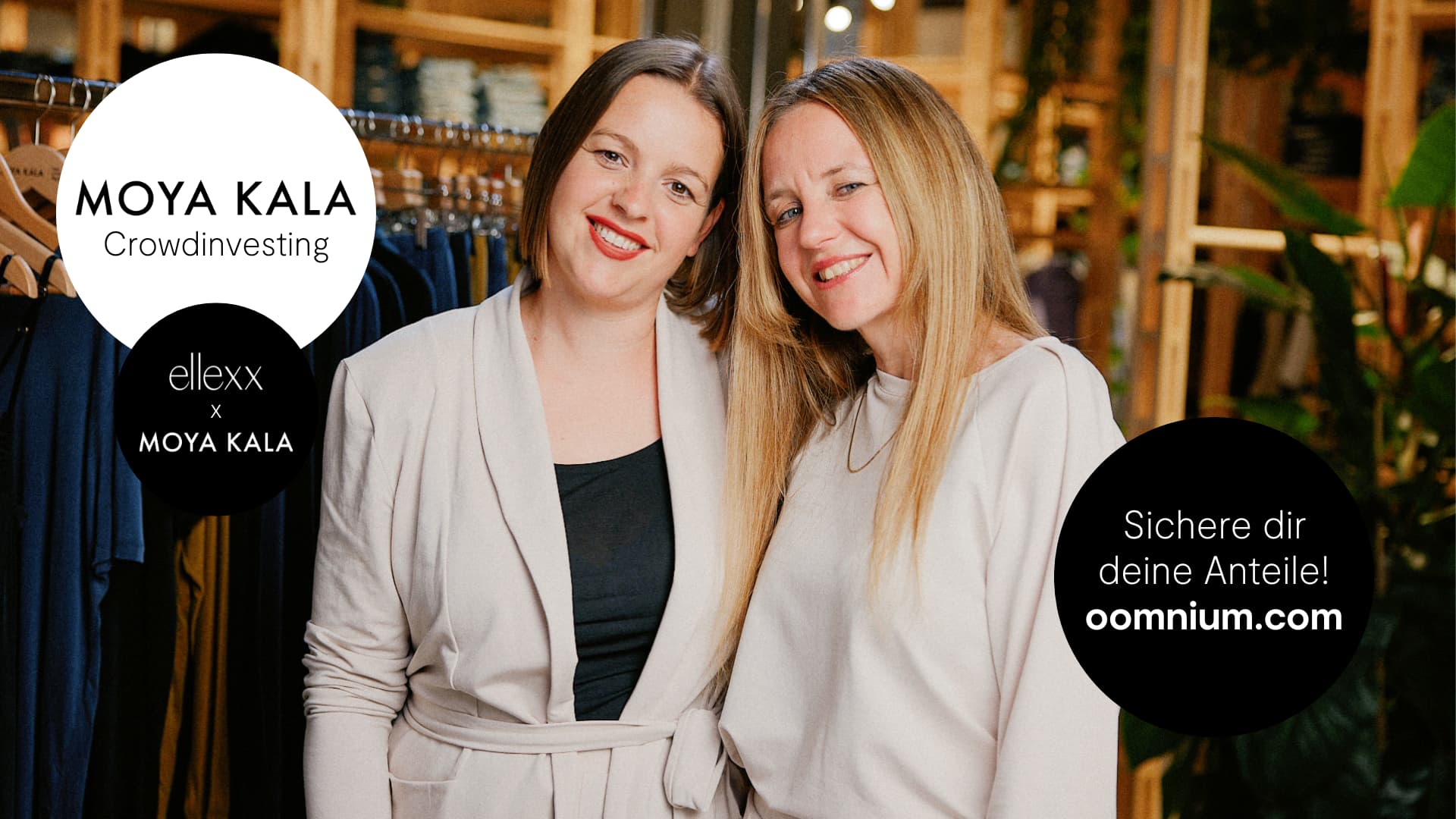The paths of everyday life are often planned only for working men who travel between work and home. The needs of women, children and the elderly are not taken into account in the design of cities. Gender-sensitive planning brings benefits to all residents.
Can snow removal be sexist? This is the question the author Caroline Criado-Perrez explores in her book “Invisible Women”. Using the example of the small Swedish town of Karlskoga, she shows what snow removal g has to do with gender equality. During decades in Karlskoga during snowfall the main roads were cleared, then the side roads and finally the pedestrian and bicycle paths. This order disadvantaged in particular the female inhabitants of Karlskoga.
Why do women take different paths?
In many European countries, women are more likely to walk or use public transport than men. In addition, they often follow complicated paths because they still make stops on the way to work, for example at the nursery or in the supermarket. In 2011 the government of Karlskoga reversed the order of snow clearance on demand for an equal rights initiative. The result? The amendment had few disadvantages for men but had more positive consequences for women than previously anticipated. In the following winters, fewer injured people went to the hospitals because fewer female pedestrians fell.
“The performance of care-work is an important factor that should be taken into account in the framework of gender-friendly urban planning”, says Elke Schimmel. She is president of the association Lares, which advocates a cultural change in the planning and construction of cities: “In most planning projects, the focus remains on acquisition. In the design of transport networks, for example, pedestrian transportation between residence and workplace is often crucial. The road chains of people doing care work are much less considered.”
From the point of view of Schimmel, this lack of recognition of (unpaid) care work in spatial planning continues to make it difficult to organize and reconcile family and work. “In gender-sensitive urban planning, the needs of all residents are taken into account. It is about promoting equal opportunities in our habitat”, says Schimmel.
How social mixing increases safety
As social integration increases safety alongside care work, safety is a central aspect of gender-sensitive planning and construction. According to a study by the ETH, 88% of men feel safe in public spaces, compared to only 77% of women. In a representative survey by the research institute gfs.bern, one in two women says that they have been harassed in public.
This is what gender planning is trying to counteract. Elke Schimmel explains: “Gender-oriented urban planning is about avoiding so-called dreams of fear. The goal is that you can move fearlessly and feel comfortable on roads, paths and places day and night.” The standard criteria for increasing safety in public areas include, among other things, overview, and lighting, especially in places such as bridges, subways, elevator systems or railway station areas. According to the Swiss Centre of Excellence for Human Rights, social interference also plays an important role in ensuring a sense of security. For example, children's playgrounds or sporting facilities can attract more women and children to parks. This, in turn, increases social security in the public space.
Gender-sensitive urban planning is therefore not about the biological differences between men and women. “It is more about the social roles that people occupy in everyday life or those that are expected of people,” says Schimmel.
Girls only at the Skaterpark
Eva Lingg also agrees. She studied architecture and urban planning and researches on housing and neighborhoods at the University of Applied Sciences in Eastern Switzerland. Among other things, she deals with the question of how children and young people use public spaces differently: “Unfortunately, there are few studies on the subject. These, however, indicate differences in spatial behavior, such as that girls are more likely to retreat in public spaces and take on an observing role.”
For the expert, however, this behavior is socially constructed. That is why she is calling for offers that empower and encourage girls to acquire spaces. The city of Bregenz, in cooperation with the association Amazone, is taking the lead, says Lingg: “There are girls-only afternoons in the skate park. During these afternoons the girls appear in crowds. This shows that girls really take advantage of exercise if they are given the opportunity to do so.” For Lingg, therefore, gender-sensitive urban planning alone is not sufficient. Working with the girls is also needed to make them more confident in the classic boys' seats.
Mobility shift favors gender equitable cities
The Lares Association helps Swiss cities and municipalities to evaluate their planning and projects for gender equality. Lares, for example, accompanied the reconstruction of the Pfingstweidpark in Zurich. A neighborhood park with playgrounds and living areas has been created, with special emphasis being placed on visibility and different exploration paths. A school house closes the area to the busy Pfingstweidstrasse spatially, with the resting place aligned to the park. This is further stimulated by the students.
The offer of Lares is getting more and more popular, says Co-President Schimmel: “For decades the separation between living and working has been cemented. Now many Swiss cities rediscover the concept of the so-called 15-minute city: important destinations should be reachable with sustainable means of transport within 15 minutes. This, in turn, promotes social and functional mixing.” The trend is reinforced by the fact that many Swiss cities want to become more climate-friendly and therefore seek a shift in mobility. As the most environmentally friendly modes of transport are used more by women, these cities have thus also implemented gender-sensitive planning concerns.
Need for action in housing
Eva Lingg also observes that gender criteria are increasingly taken into account in urban planning. However, she sees action needed, especially in housing construction: “Most apartments are still designed for a classic small family, although the majority of households today look different. Especially for single mothers in precarious situations, there are hardly any suitable and affordable offers.”
Lingg refers here to the association Juno in Vienna, which wants to create such offers. The aim is to create affordable housing that is functional at the same time. Lingg explains: “For example, ground slats can be designed so that rooms can be flexibly separated or can be used multifunctionally. Shared offices or shared living spaces are also a way to compensate for small housing shortages.” In Switzerland, Lingg knows only a few buildings that have such offers. Cooperatives are the most advanced in these areas. For example, the Hunziker areal in Zurich offers workshops and common spaces that residents can rent in addition.
Eva Lingg and Elke Schimmel agree that it is not just girls and women who benefit from gender-sensitive urban planning. Lingg says: “Short distances between home and work, greater security and accessibility in cities, affordable housing and mixed neighborhoods – all benefit.”



